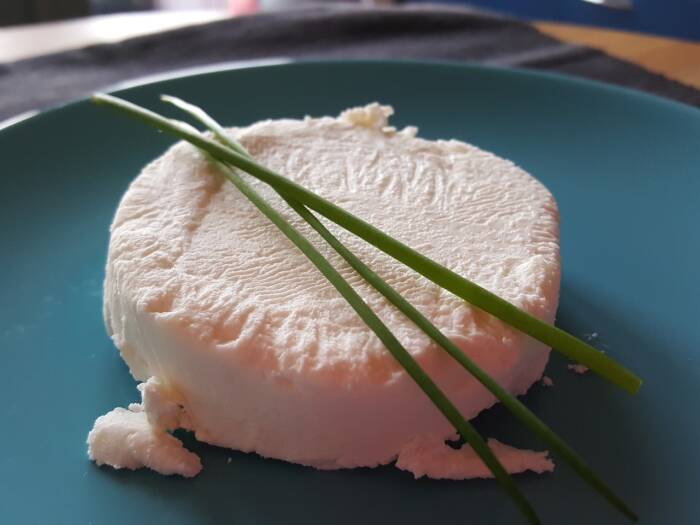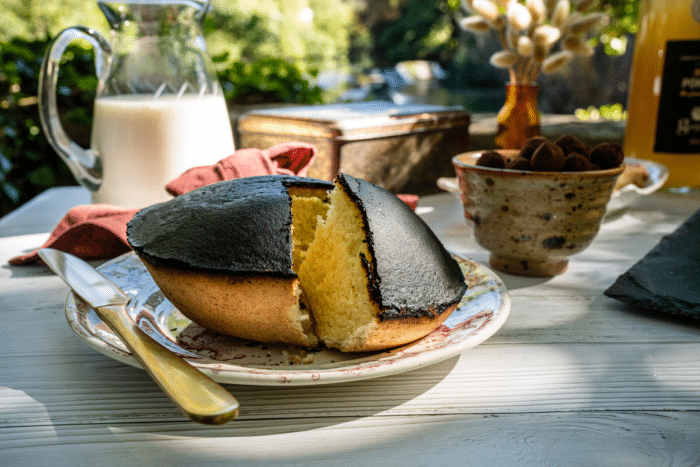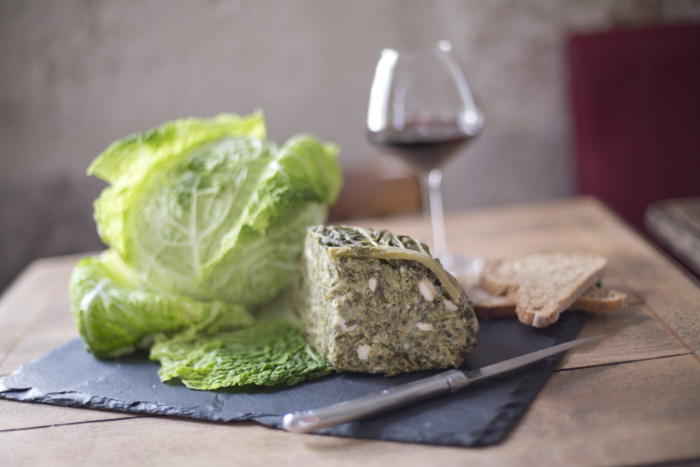Chabichou, the cheese from Poitou!
« He is from Chabichou only from Poitou! is the slogan of this goat cheese, star of the Poitevine tables. With its typical shape, its pleated crust, its subtle or stronger taste, it delights young and old gourmets alike. Thank you to the passionate producers, for giving us this little gem!
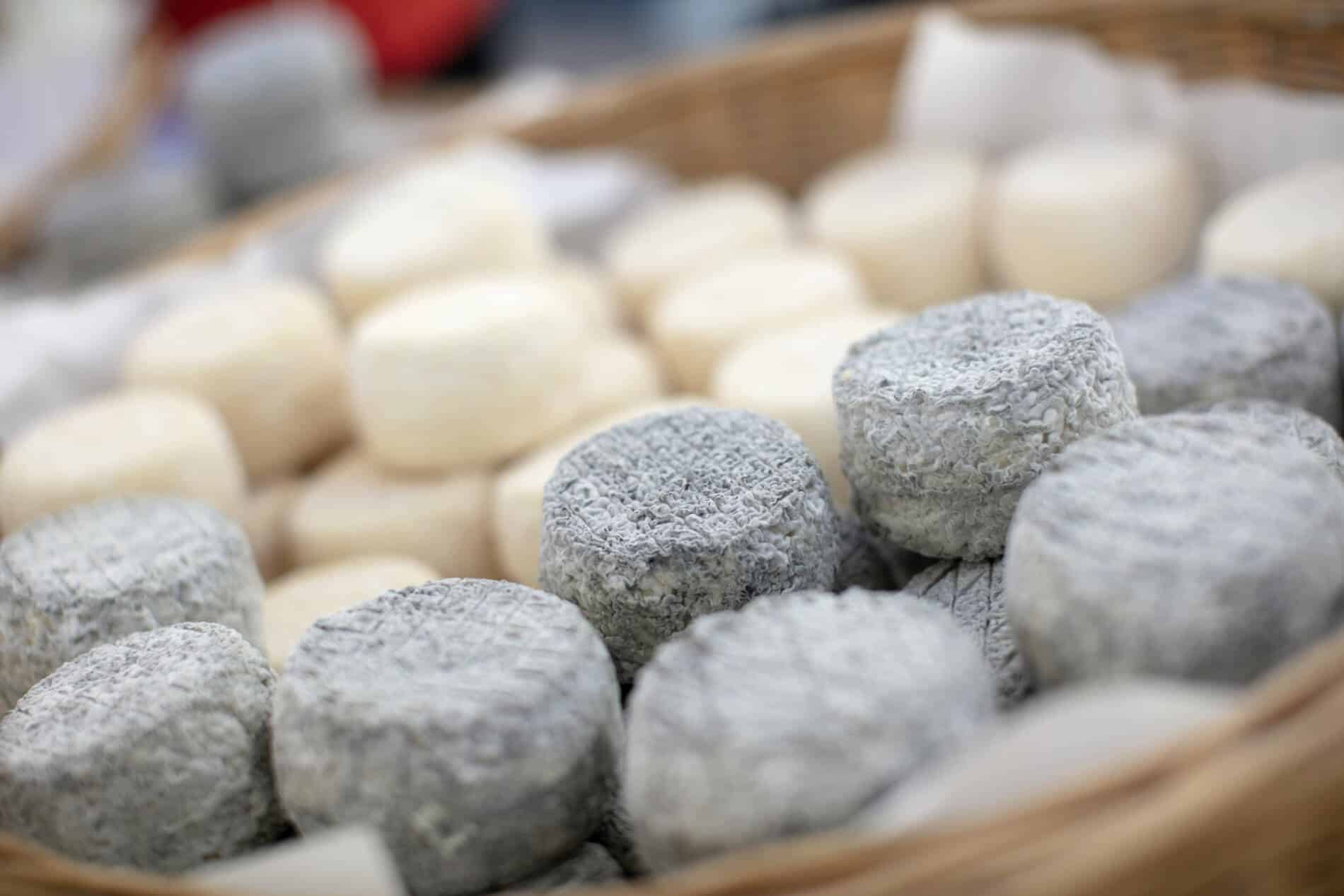 ©Sébastien Laval
©Sébastien Laval How was the Chabichou born?
Legend or proven fact, the history of Chabichou would be closely linked to that of Poitou, thus anchoring it particularly to its terroir.
In the year 732, the Saracens, who had invaded the south-west of France, now found themselves in the city of Poitiers. Stopped in their tracks by Charles Martel's army, the Arab troops retreated, leaving behind the goats they had brought with them.
The latter acclimatize particularly well to the territory. This is how the countryside is supplied with abundant, quality goat's milk. The farmers then began to make fresh cheese!
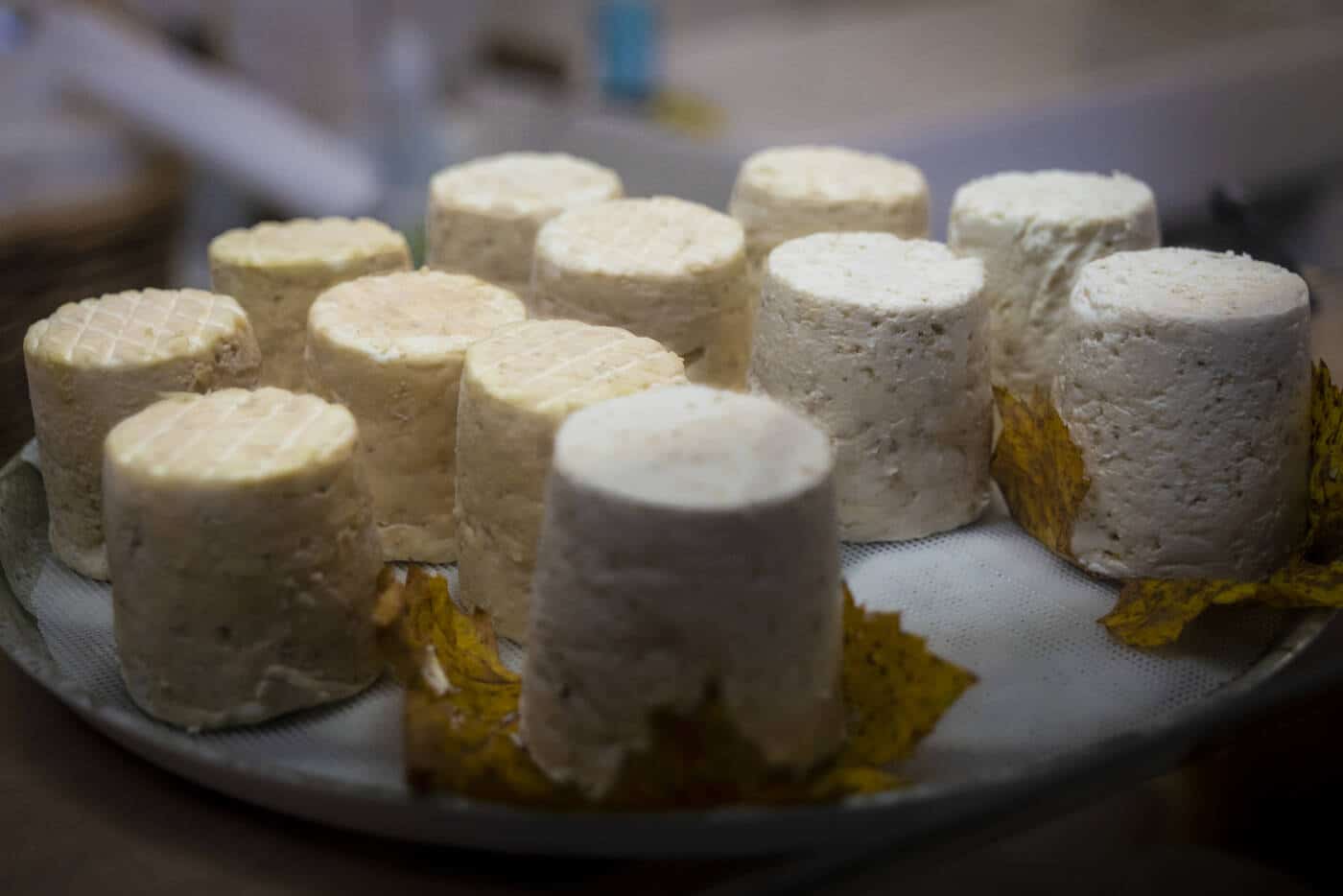 ©Thomas Jelinek – Agence-Zebrelle
©Thomas Jelinek – Agence-ZebrelleWhat is the origin of the name Chabichou?
Two opposing hypotheses concerning the origin of the name Chabichou, with soft and tender sounds like this little piece of land that we taste greedily.
The first explanation stems directly from the history of Chabichou. Key would indeed be a derivative of " Chebli ", the Arabic word for a goat. Before moving on to the second hypothesis, doesn't the name Chabichou make you think of the name of another well-known "goat"? Between Cabécou and Chabichou, there is indeed a lot of resemblance. The second explanation would therefore like the name Chabichou, just like that of Cabecou, comes from the Latin root "capra" which means goat.
Whatever the real explanation, as early as 1782, the Chabichou appeared in a historical writing, before appearing in the following century in the dictionary of the time, the Glossary of the Poitevin patois.
How is Chabichou made?
The Chabichou du Poitou is subject to specifications AOC since 1990.
It is also governed by a PDO since 1996.
 ©Sébastien Laval
©Sébastien LavalWhat does Chabichou taste like?
Whether you like cheeses with strong or subtle flavors, Chabichou satisfies all palates. It is a living cheese whose flavors and texture change according to the degree of ripening and the time of year.
Fresh or medium aged, its taste is light and soft. Her dough is smooth and creamy.
After several weeks of ripening, it develops more marked aromas with notes of dried fruits. Her dough becomes firm and brittle.
Furthermore, the Chabichou winter contains more water, with a looser and more melting paste. Conversely, the Chabichou summer is less fat, but just as delicious!
The Chabichou at the producers of the Vienne
The essential rules of the Appellation d'Origine Contrôlée
Here are the essential rules that this goat cheese must respect to bear the name of theAOP Chabichou from Poitou :
- Milk production, manufacturing and refining must be done on a precise geographical perimeter of the territory of Haut-Poitou limestone. This extends essentially over the departments of Vienne and Deux-Sèvres, and on a small piece of Charente.
- Breeders commit to a food self-sufficiency as much as possible, in order to guarantee the quality of the milk. The goats are thus fed mainly on the basis of grass and fodder from the geographical area of the PDO.
- They must be purebred Alpine, Saanen or Poitevine.
Steps in the production of Chabichou du Poitou
- After being harvested, the fresh, whole milk is slightly renneted, then curdled for 24 hours. It is then molded by hand in a cheese strainer in the shape of a plug.
- The draining lasts 18 hours minimum, during which the cheese is turned over several times. After being unmolded, it is salted before draining again for 1 to 2 days.
- Finally comes the ripening stage, which varies from a minimum of 10 days to several weeks before arriving on your table. This is when its natural white crust forms which wrinkles over time.
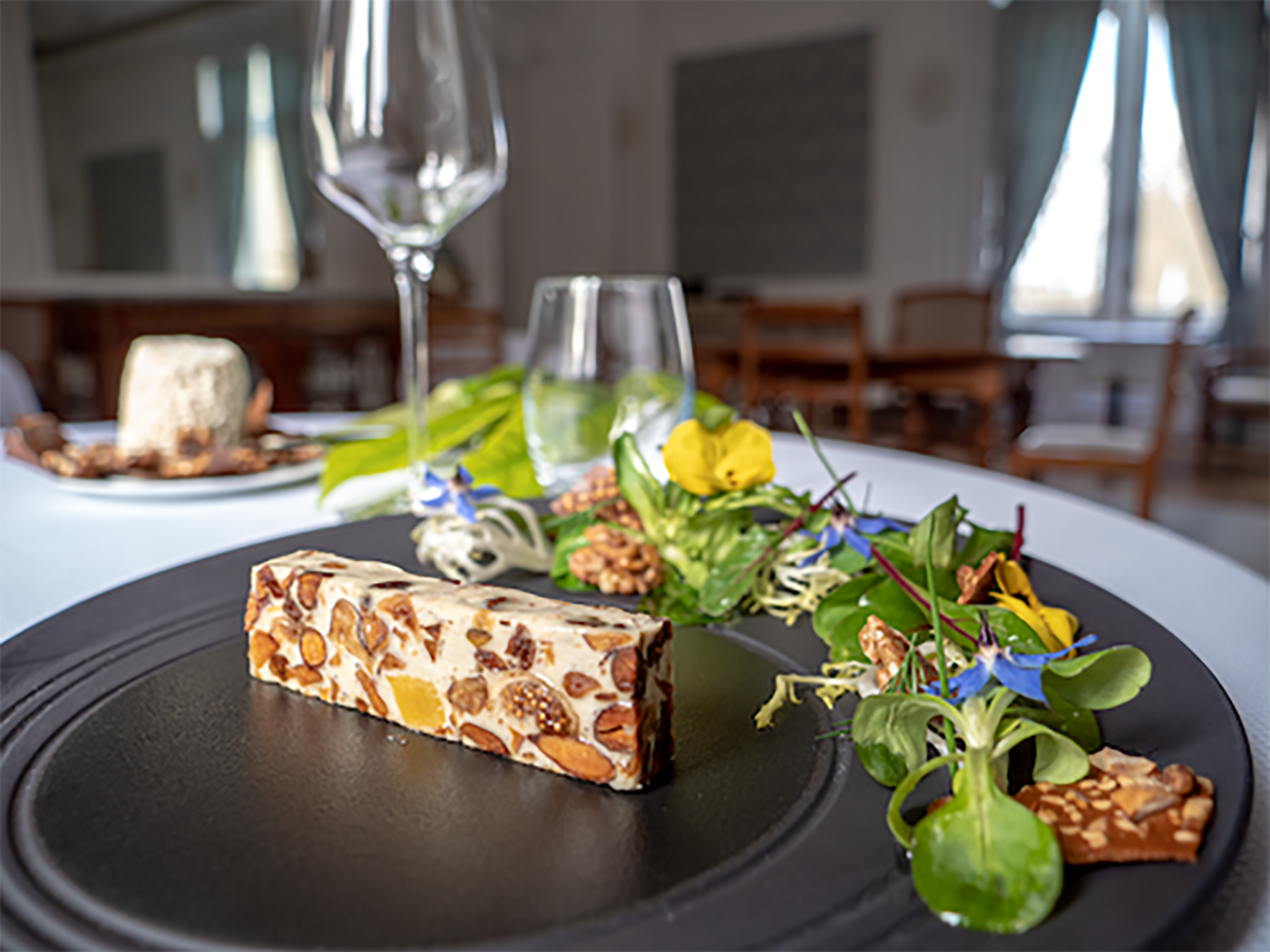 ©Marion Valière Loudiyi – Agence Zébrelle
©Marion Valière Loudiyi – Agence ZébrelleDoes this photo make your mouth water? THE Dissay Castle showcases Chabichou in a sweet recipe: a nougat with Chabichou, walnuts and figs. Something to make us salivate!
If, like us, your mouth is watering at the mere mention of our national Chabichou, let yourself be tempted by its little sister, the Poitou log. This other goat cheese is an equally unmissable local speciality!

